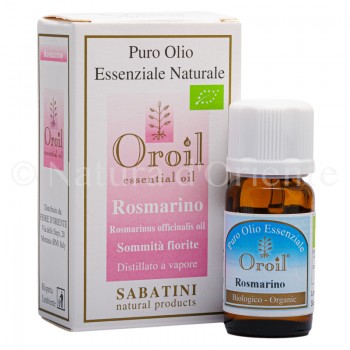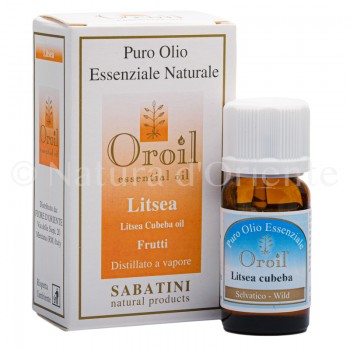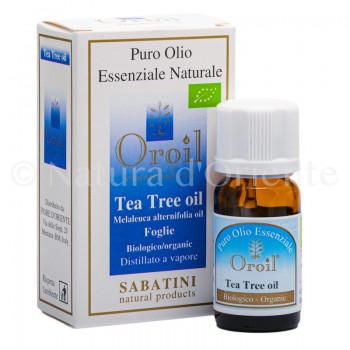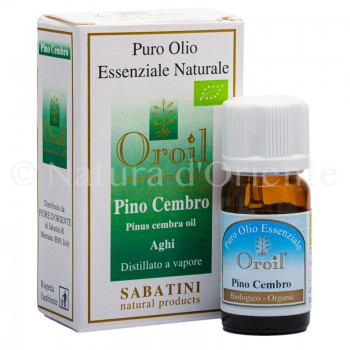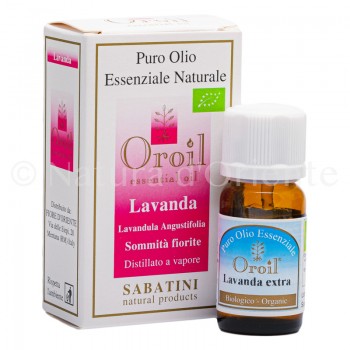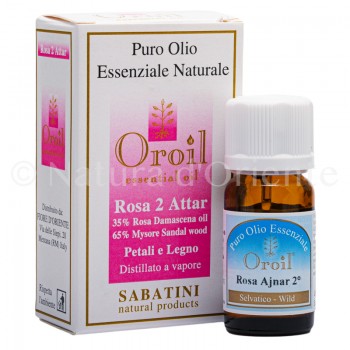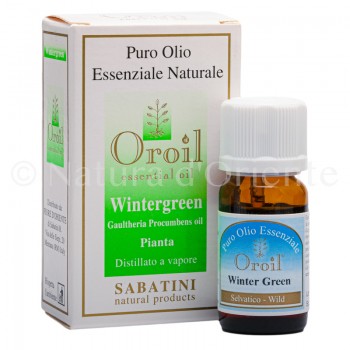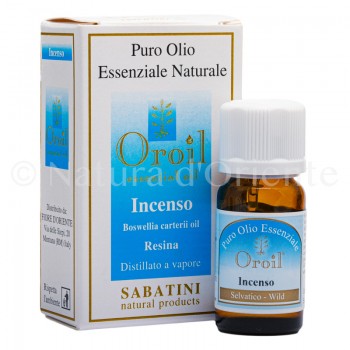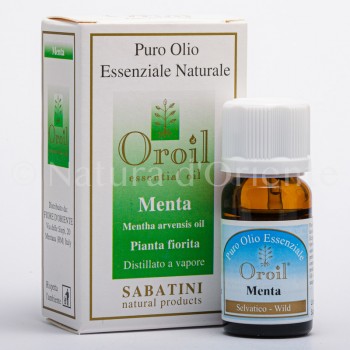Mint essential oil is an adjuvant for the well-being of the respiratory tract, thanks to the renowned balsamic properties of mint and the antiseptic properties which are also used as a remedy for skin problems.
The plant and the production of essential oil
Peppermint (scientific name Mentha piperita) is a natural hybrid between the species Mentha spicata and Mentha aquatica, you may also find it written as "Mentha x piperita", in botany the x sign inserted in the name of a species identifies hybrids born from species of the same genus. The genus Mentha has about forty species including recognized hybrids. The plant is indigenous to Europe and the Middle East but is believed to be of European origin. It is a herbaceous plant whose height can vary from a few cm up to 70.
The leaves are covered with a light down, very fragrant because it is rich in essential oils. The roots are rhizomatous, that is, a part of the stem (therefore technically it is not really the roots but the lower part of the stem) has enlarged and serves as a reserve. Like most species of mint, it prefers humid environments, if you decide to grow it in an environment poor in water, it will yield less but will be richer in essences.
Properties of peppermint essential oil
Peppermint essential oil has balsamic, expectorant, anti-neuralgic and disinfectant properties. As for the effects on the nervous system, it has regenerating properties which are useful against stress. Among the properties attributed to peppermint essential oil we mention the antiemetic one, that is, it would be a valid aid to combat nausea from car sickness. Peppermint essential oil should not be used by people at risk of seizures, normally the danger of triggering seizures is linked to overdose and not to the recommended doses (which, as with all essential oils, are a few drops diluted in a or cream), but predisposed subjects should still pay particular attention and seek the advice of an expert.
Topical use of peppermint essential oil
The anti-neuralgic properties can be used to combat headaches by massaging the temples with a drop of essential oil mixed with a few drops of an oil. To take advantage of both the balsamic and antiseptic properties against respiratory tract diseases, you can carry out suffumigi, that is, pour a few drops into a basin of very hot water and breathe the fumes released by covering your head with a towel. The balsamic properties will help you breathe better, the antiseptic ones to fight the infection. As we have anticipated, the antiseptic properties of mint essential oil can also be used in skin care, in this case they will be added to reinforce a basic preparation to fight acne.
How is it used in aromatherapy?
The use of mint essential oil in aromatherapy, as usual, the appropriate diffuser is the ideal choice but with the radiators on, the humidifier tray is a valid alternative, it can be a soft way as an alternative to fumigation for combat seasonal respiratory ailments if they are mild. As regards the action on the nervous system, however, its energizing capabilities would help to fight above all the typical headache from tiredness and stress, which is different from migraine which has genetic causes, but even those suffering from this condition could benefit from it. some benefit.



 No reward points for this product.
No reward points for this product.

